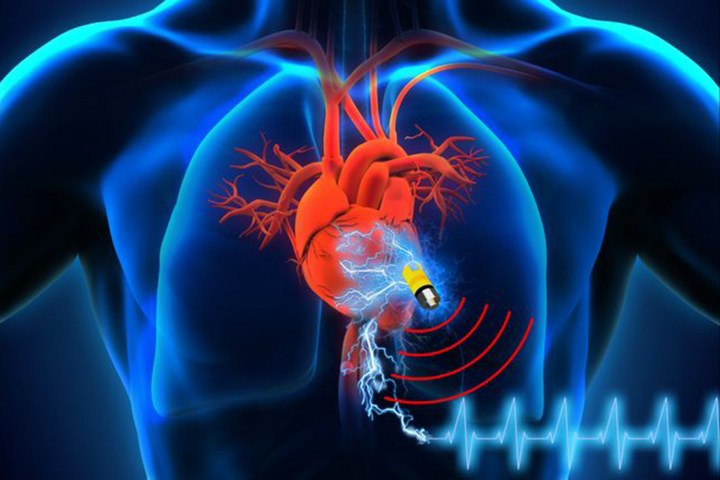
There are a few main advantages to this new “biosupercapacitor,” according to its developers — it’s non-toxic, long-lasting, and has the potential to reduce the size of pacemakers by half.
“Unlike batteries that use chemical reactions that involve toxic chemicals and electrolytes to store energy, this new class of biosupercapacitors stores energy by utilizing readily available ions, or charged molecules, from the blood serum,” Islam Mosa, first author of the study, said in a statement.
Traditionally, pacemakers and similar implantable devices get power from batteries that need to be replaced through surgical operations once they run out of juice. This new device instead gets energy through electrolytes that readily flow through the body — for example, in blood and urine — while functioning alongside an energy harvester, which converts the body’s heat and movement into electricity.
“Combining energy harvesters with supercapacitors can provide endless power for lifelong implantable devices that may never need to be replaced,” said co-author Maher El-Kady.
Batteries take up about half of a pacemaker’s size. The new device, which is made up of graphene and human proteins, would be smaller than the width of a human hair.
There’s still work to be done though. Supercapacitors have yet to be regularly adopted in medical devices and, since the study simply shows the design is feasible, the researchers will still need to fabricate and test the device.
“In order to be effective, battery-free pacemakers must have supercapacitors that can capture, store, and transport energy, and commercial supercapacitors are too slow to make it work,” said El-Kady.
The design was detailed in a paper published last week in the journal Advanced Energy Materials.


